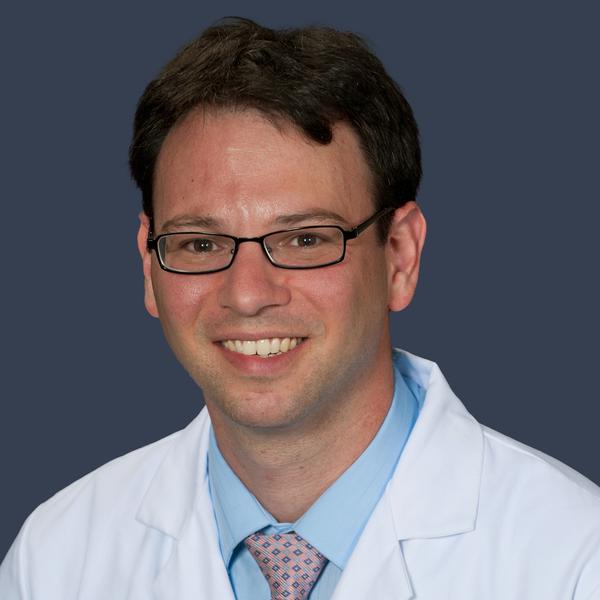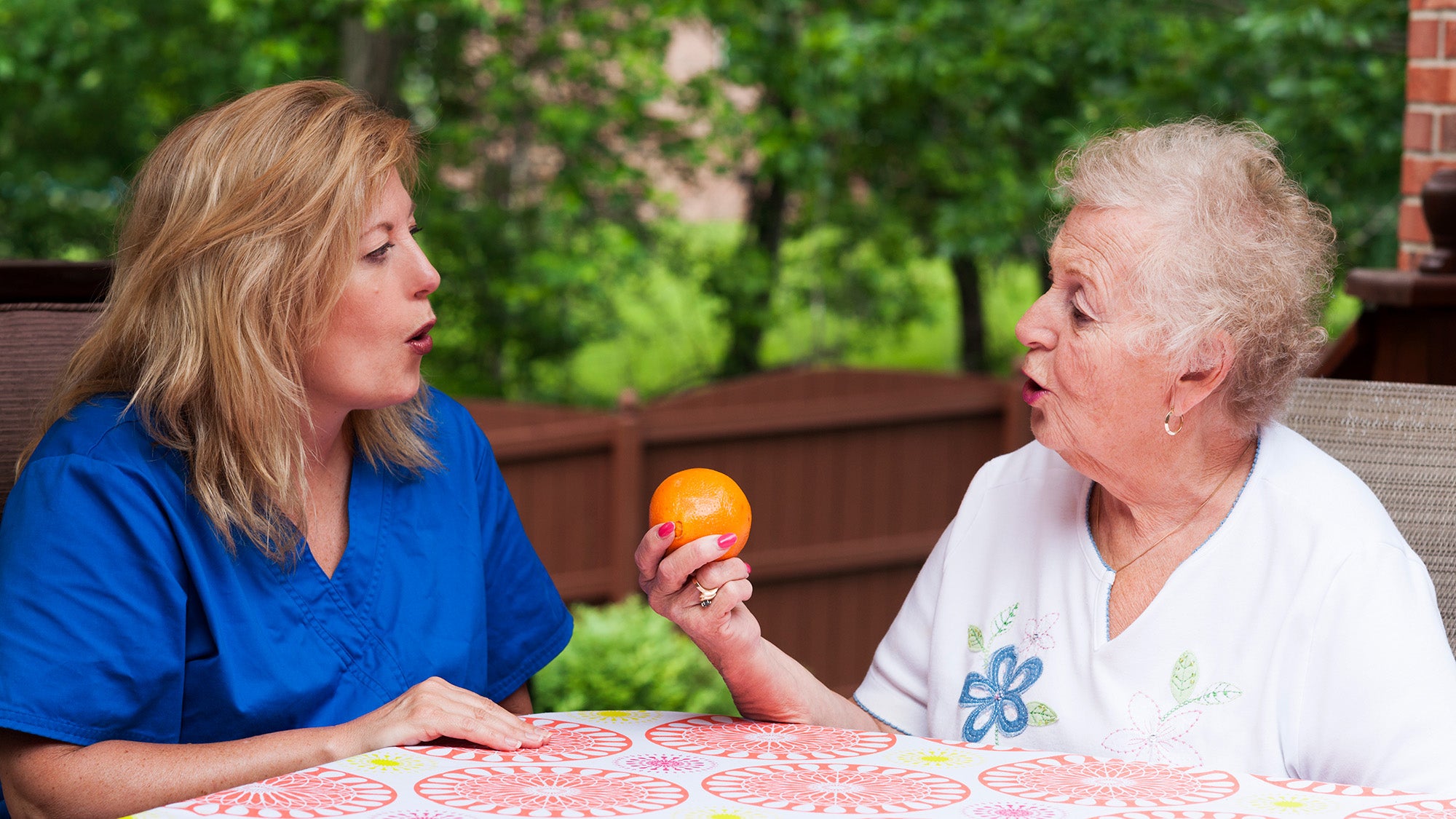New NIH-Funded Study Deepens Understanding of How Some Stroke Patients Can Recover Their Ability To Communicate
Media Contact
Karen Teber, km463@georgetown.edu
WASHINGTON (September 8, 2025) — For many people, one of the most devastating consequences of suffering a stroke is impaired ability to speak, understand words, read and write. Aphasia occurs in patients whose strokes occur in the left half, or hemisphere, of their brains, the side that houses the areas crucial for developing and processing language.
A new NIH-funded study led by Georgetown University Medical Center researchers, published Sept. 8 in the journal Brain (“Right Hemisphere Language Network Plasticity in Aphasia”), deepens understanding of the role that the right side of the brain can potentially play in helping these patients recover their ability to relearn language and communicate.

Peter Turkeltaub, MD, PhD
“Since the 19th century, scientists have debated the issue of whether the right hemisphere can take on language functions after a stroke, but we have never reached the point where we know enough to help patients who lose all or part of their ability to communicate. This study is a major step forward in addressing a very important question.” says Peter Turkeltaub, MD, PhD, professor of neurology and rehabilitation medicine at Georgetown University School of Medicine and director of the Cognitive Recovery Lab at Georgetown University Medical Center.
“We know that when infants suffer strokes, their brains demonstrate what we call plasticity, meaning that both the left and right hemispheres have the full capacity to develop language functions,” Turkeltaub explains. “Most of these children recover and develop normal language skills as they grow up.”
He says that as people age, though, they gradually lose most of that plasticity.
“While the left hemisphere takes primary control of our ability to communicate with words, some parts of the right hemisphere remain actively involved in processing language. The goal of this study was to identify the right hemisphere activity that we can use to help people regain these critical functions as well as the constraints that will limit our efforts.”
The study, one of largest and most thorough to address this issue, used advanced neuroimaging techniques to compare right brain activity in stroke patients with a control group of healthy adults. Turkeltaub and his team found that specific areas of the right brain are activated in the stroke patients as their brains attempt to compensate for damage to the left hemisphere. The level of activity and its duration depend on a number of factors, including the location of the stroke, the age of the patient and whether the individual is left- or right-handed. They also found hints that the right hemisphere activity may continue to increase for years after stroke, although this still needs to be confirmed.
“The most important question we have in neuroplasticity is how we can use this right hemisphere activity to help people regain function after a stroke,” says Dr. Turkeltaub. “We know that this right hemisphere activity occurs in specific sites and is limited both in strength and how helpful it is for recovery. We want to learn how to boost this activity — to release the brakes — so that aphasia patients can regain more normal function. Based on our results from this paper, we have new strategies to test in clinical trials right away and also new ideas for treatments that will take time to develop but have the potential to dramatically improve recovery.”
Turkeltaub and his colleagues plan to conduct a longer study designed to look at right hemisphere activity and its role in stroke recovery over a period of years. They will also test which specific language abilities the right hemisphere supports after stroke so that future trials can pair methods to boost right hemisphere activity with the most effective speech-language therapies.
“We want to move this work into clinical trials where we apply what we learn to helping patients recover from aphasia,” says Turkeltaub. “But each person who has a stroke is different. The better we understand right hemisphere activation after a stroke, the better we will be at selecting those patients who will benefit, and at developing effective methods to stimulate this activity and improve their outcomes.”
In addition to Turkeltaub, authors include Kelly Martin, Alycia Laks, and Andrew DeMarco — all with Georgetown University.
This work is supported by the National Institute of Deafness and other Communication Disorders (R01DC014960, R01DC020446, F32DC0022192)
Turkeltaub and his co-authors report having no financial interests related to the study.
